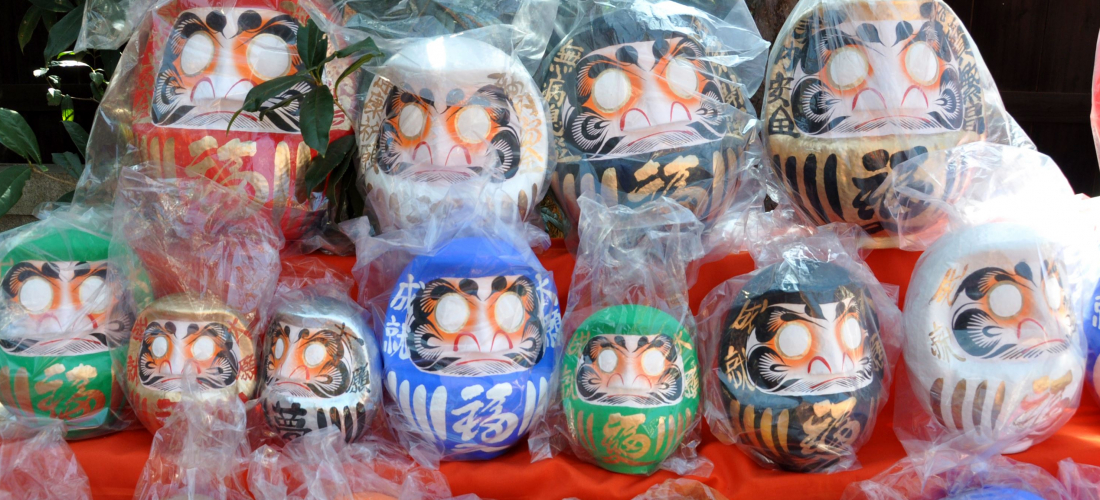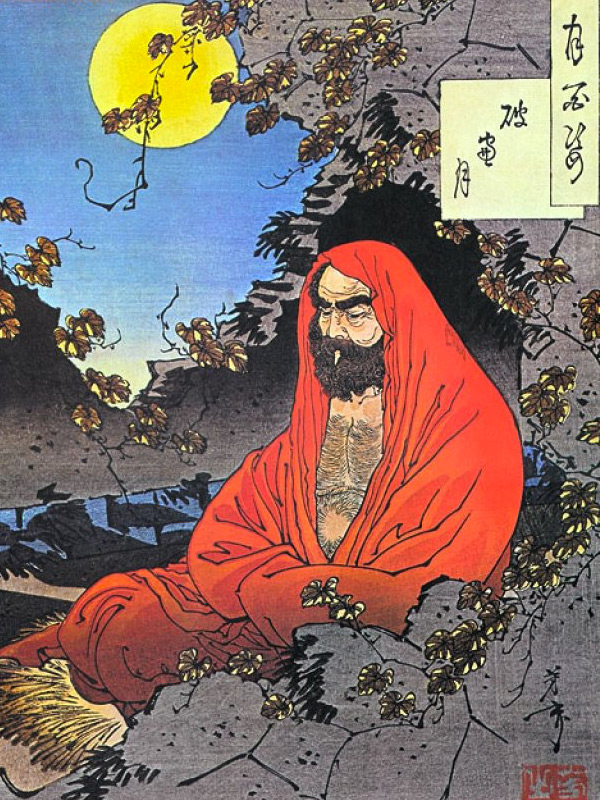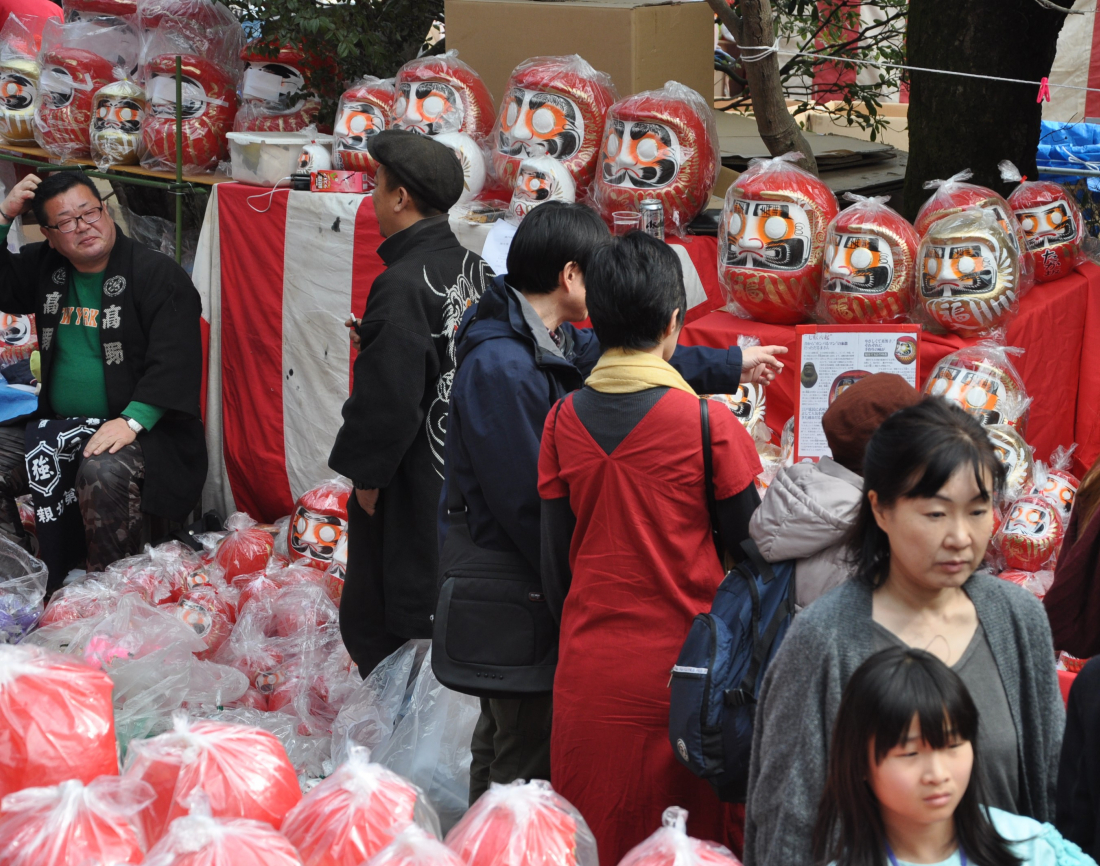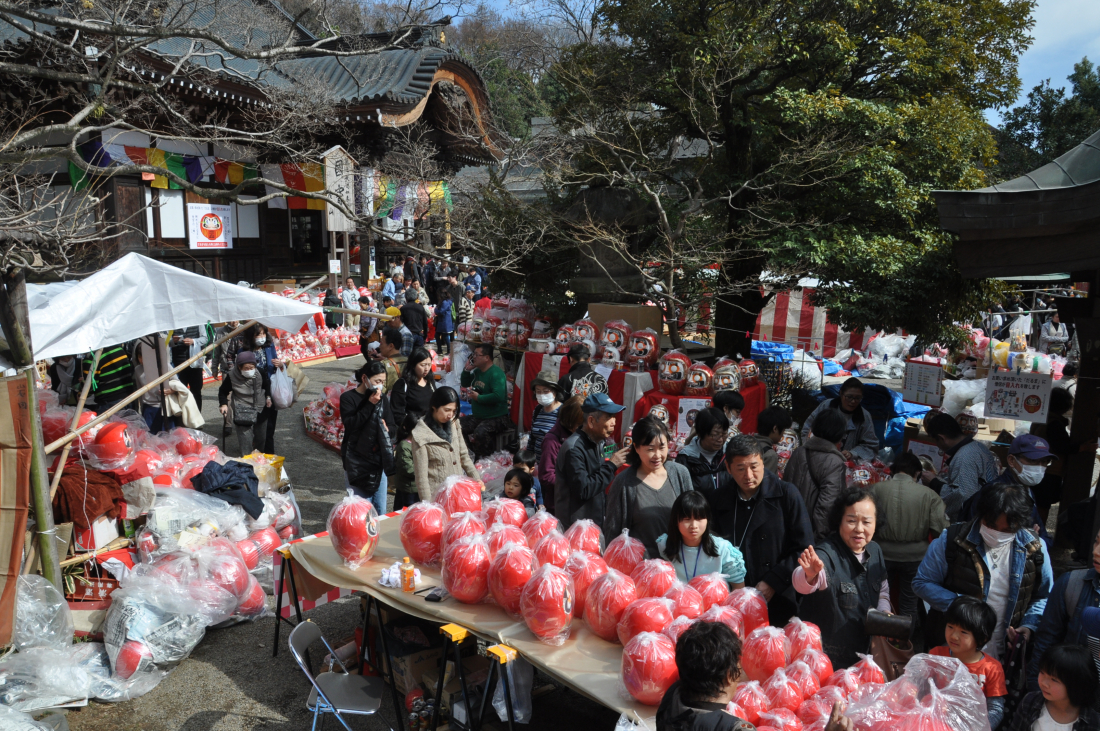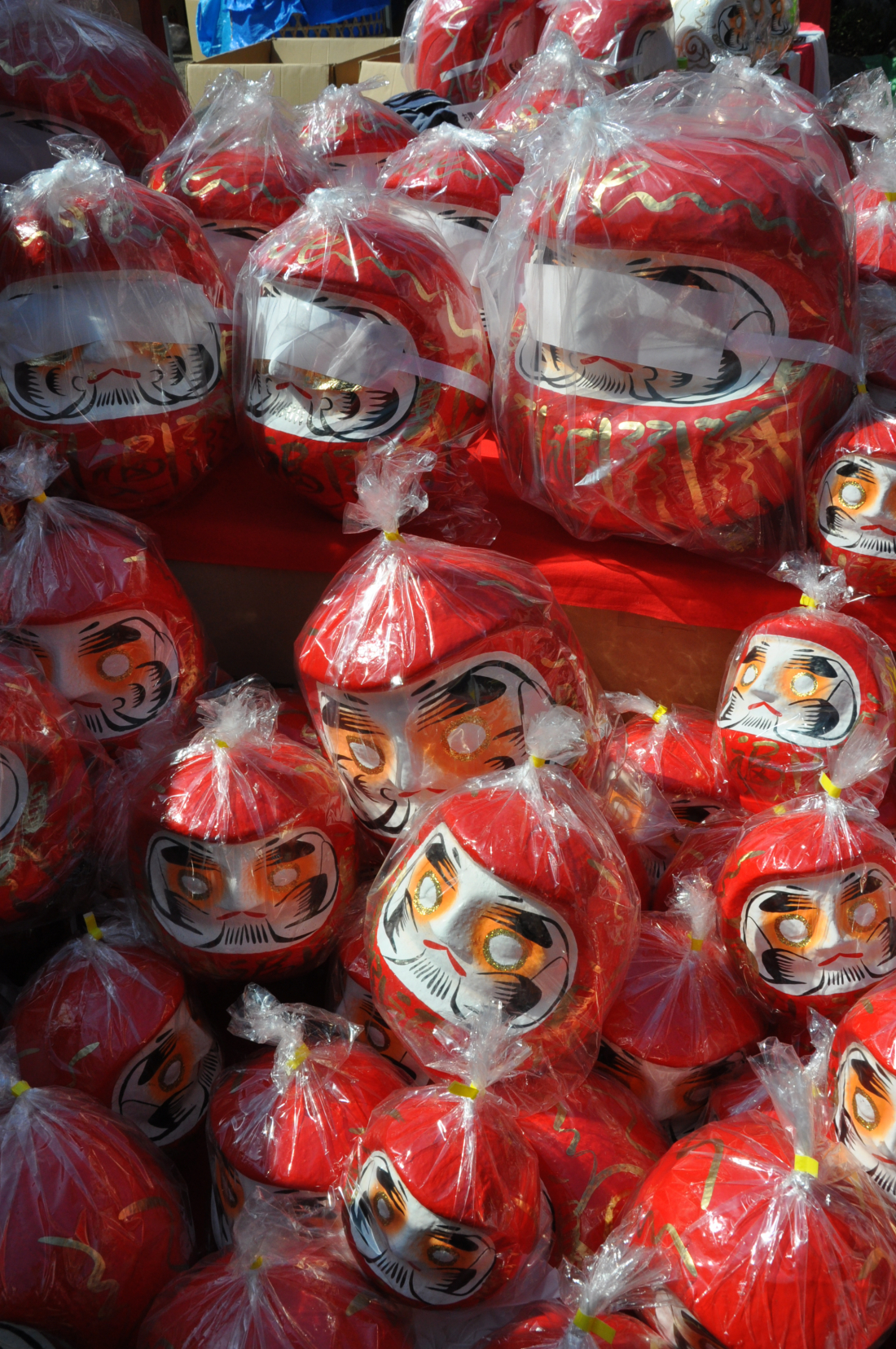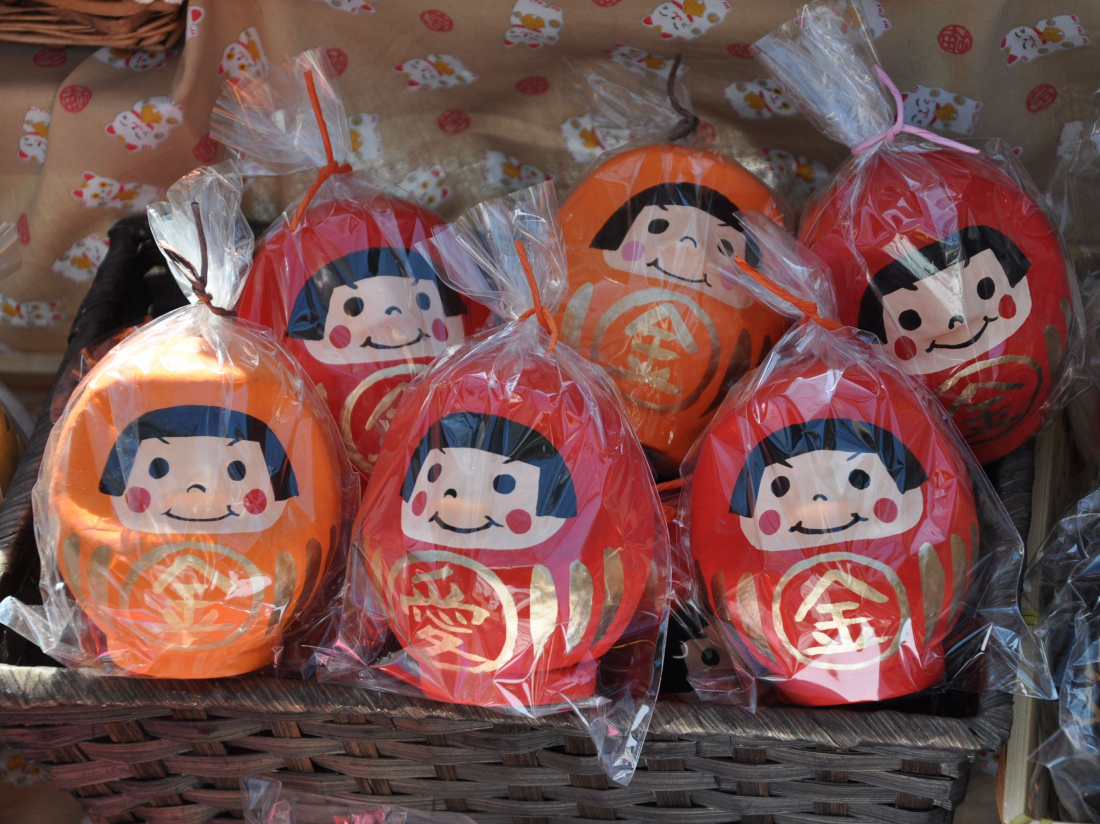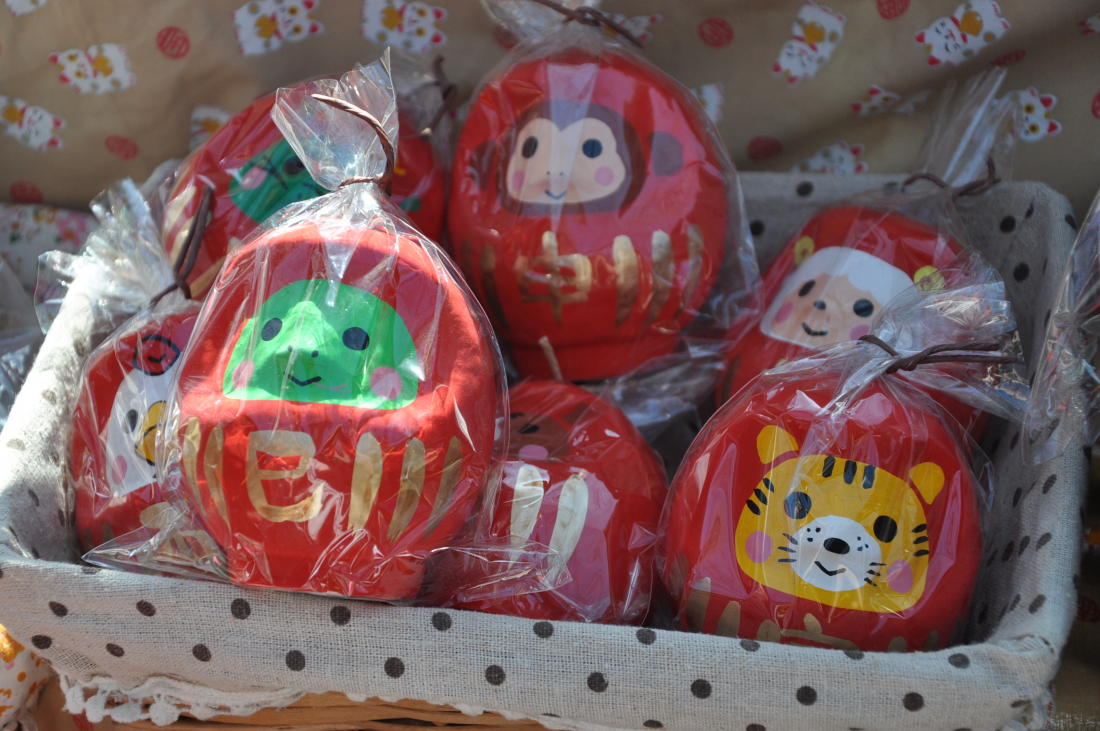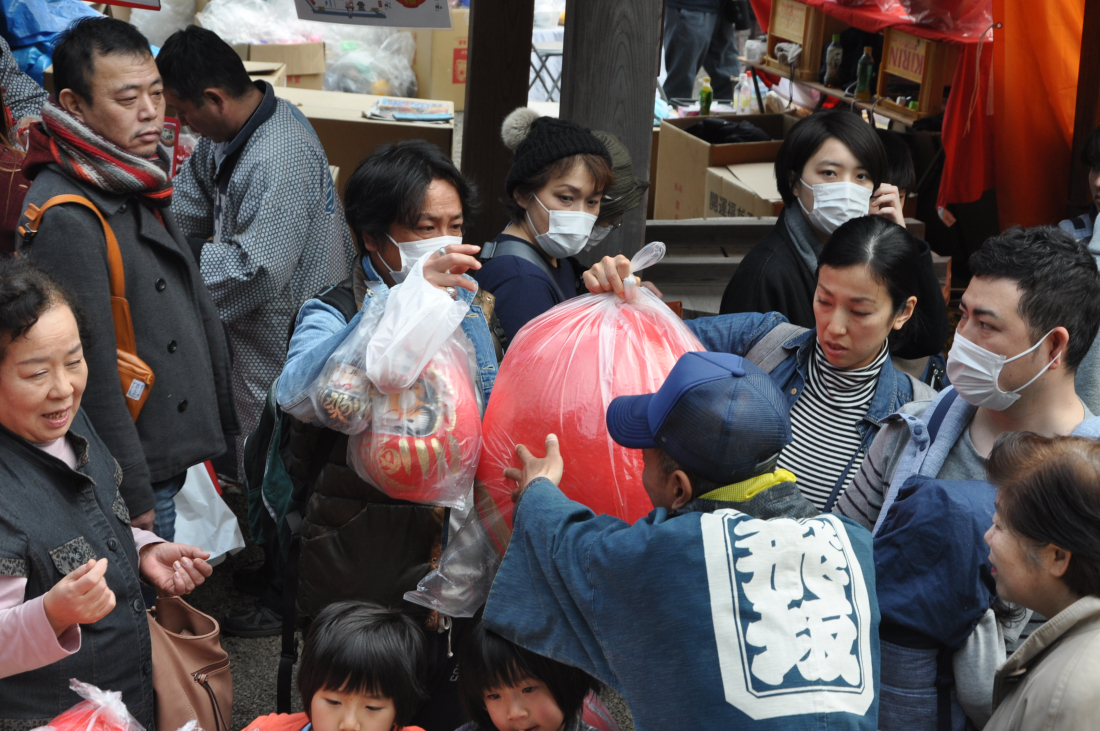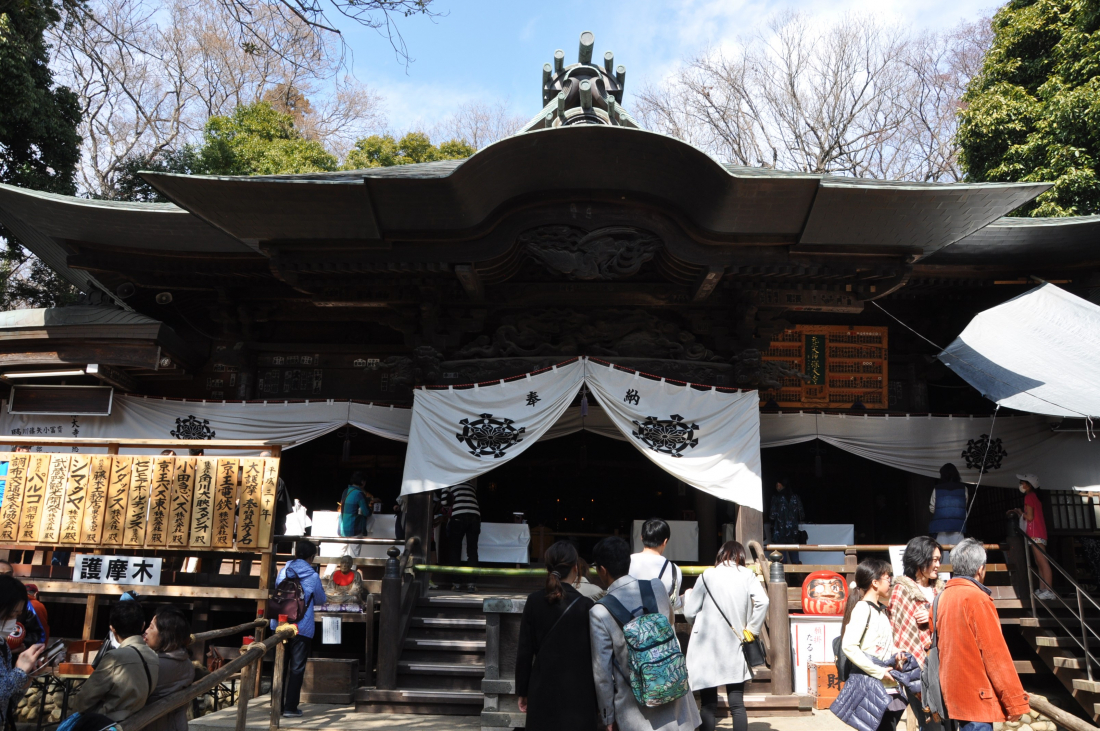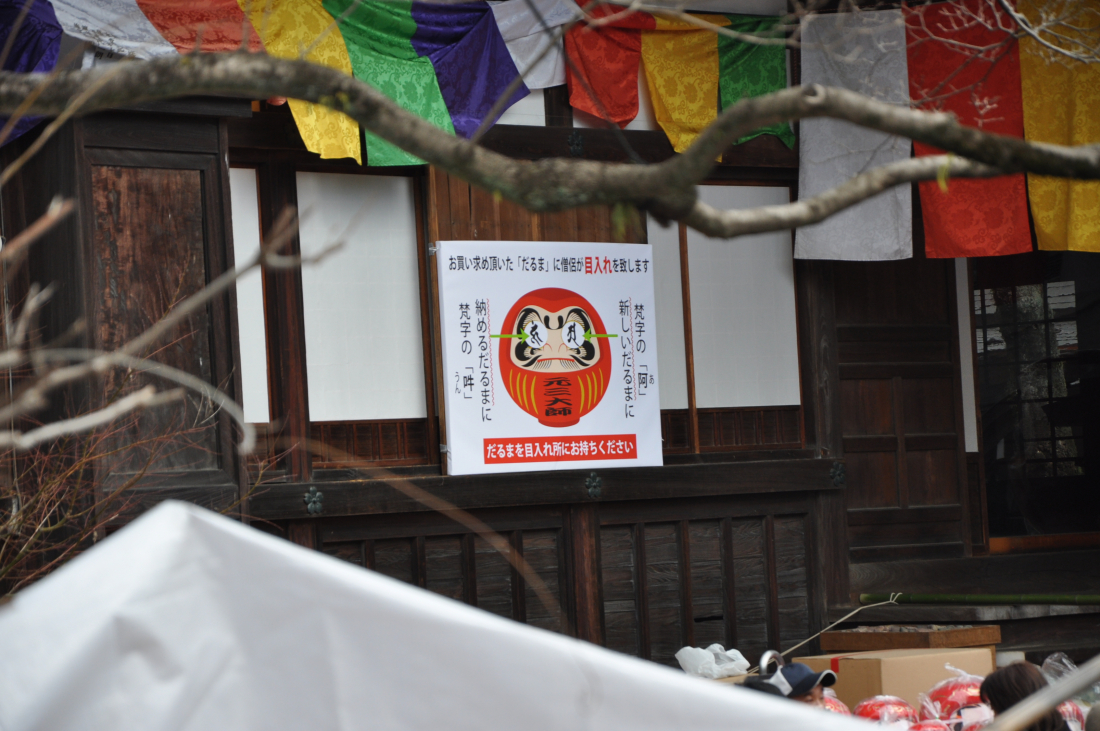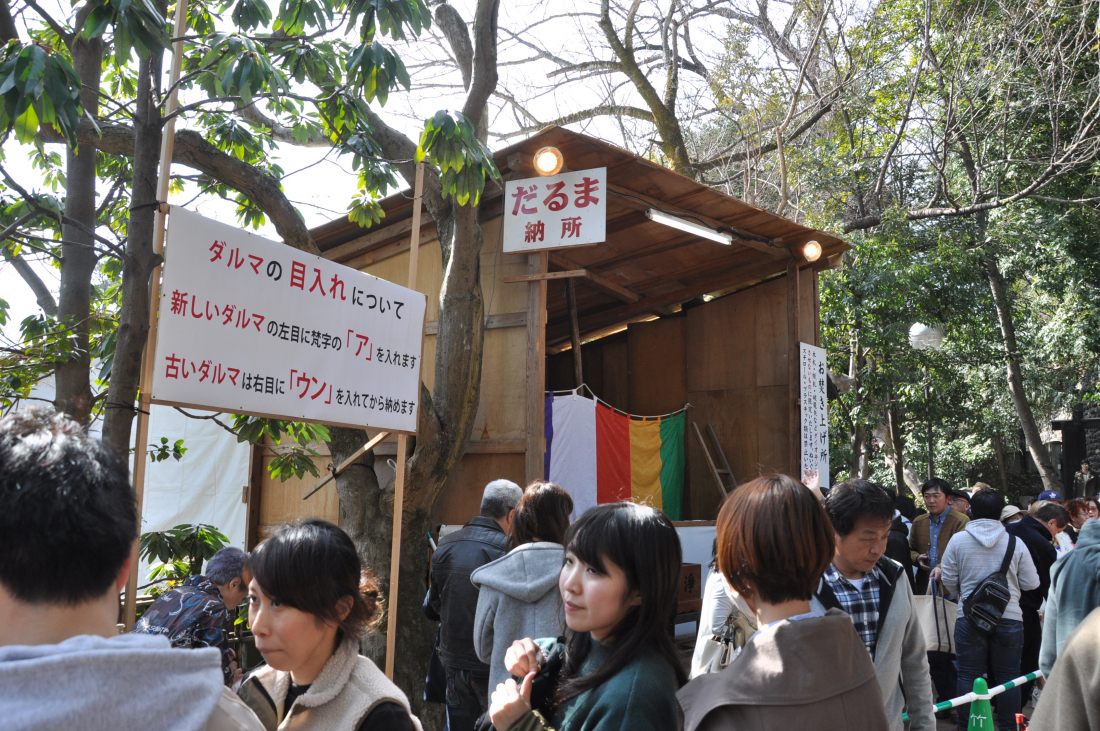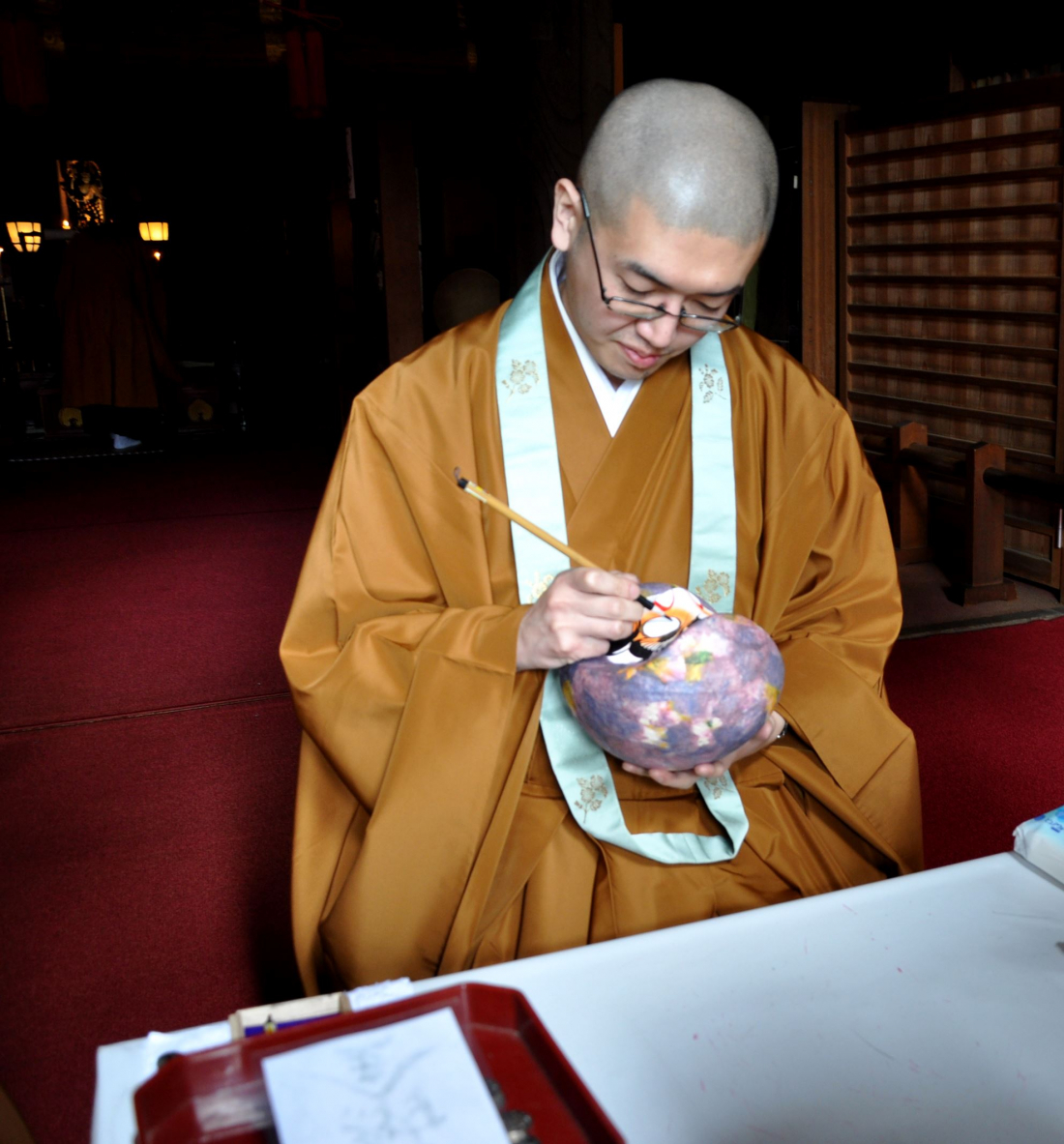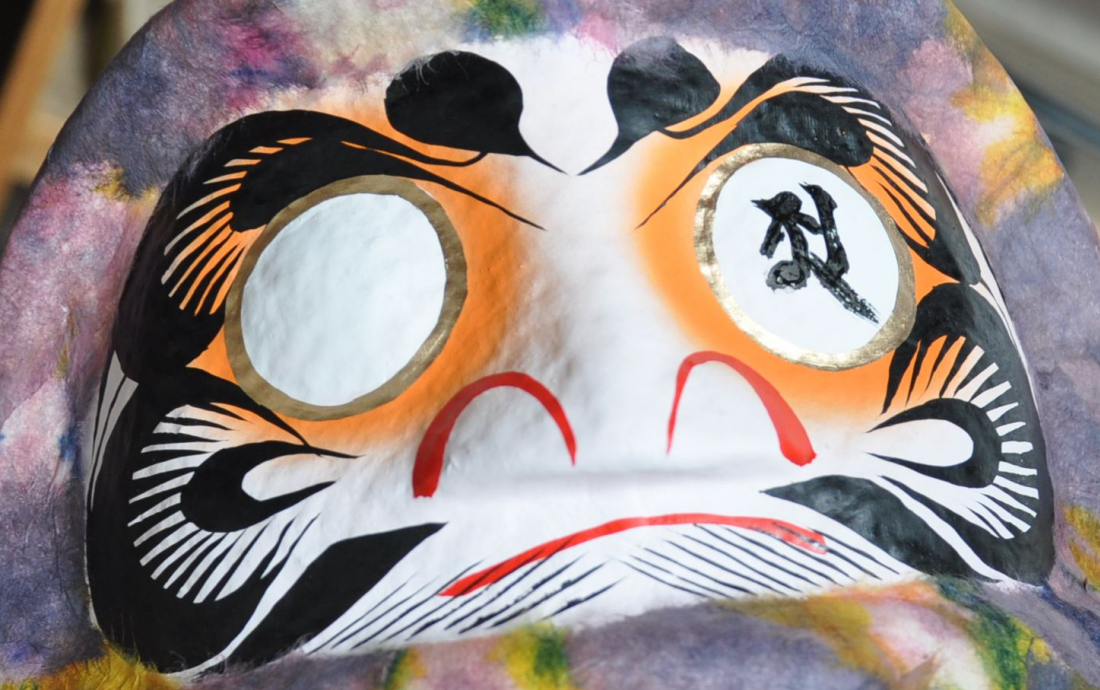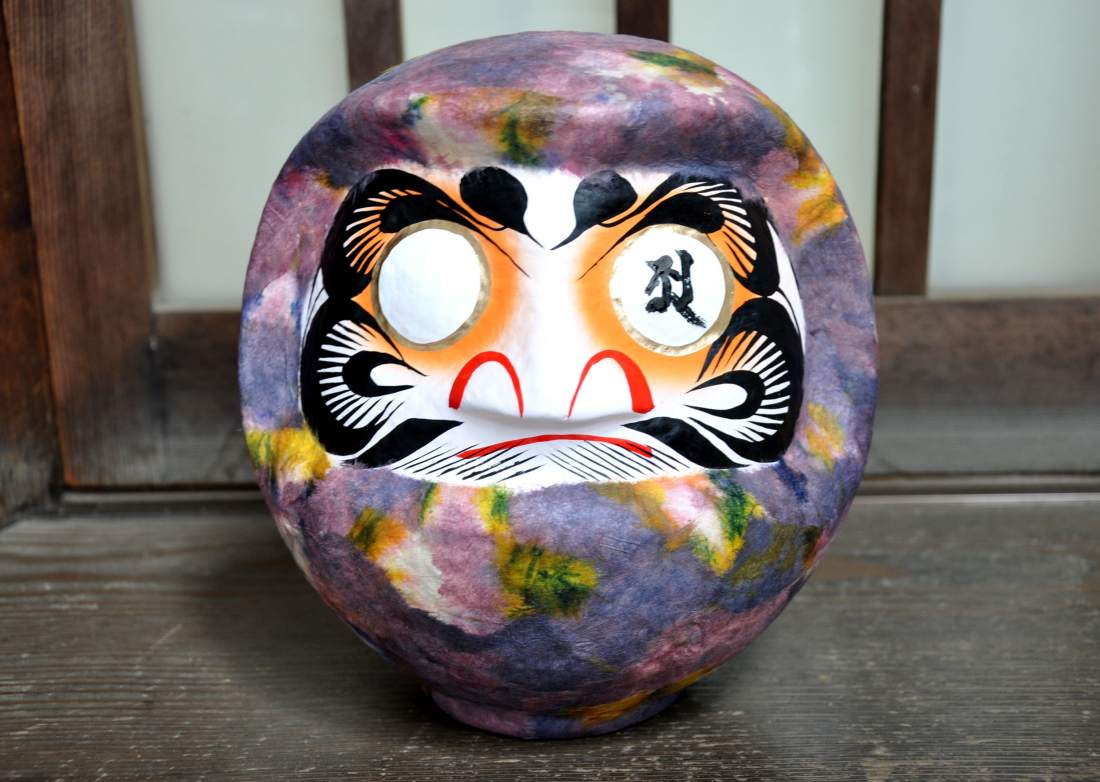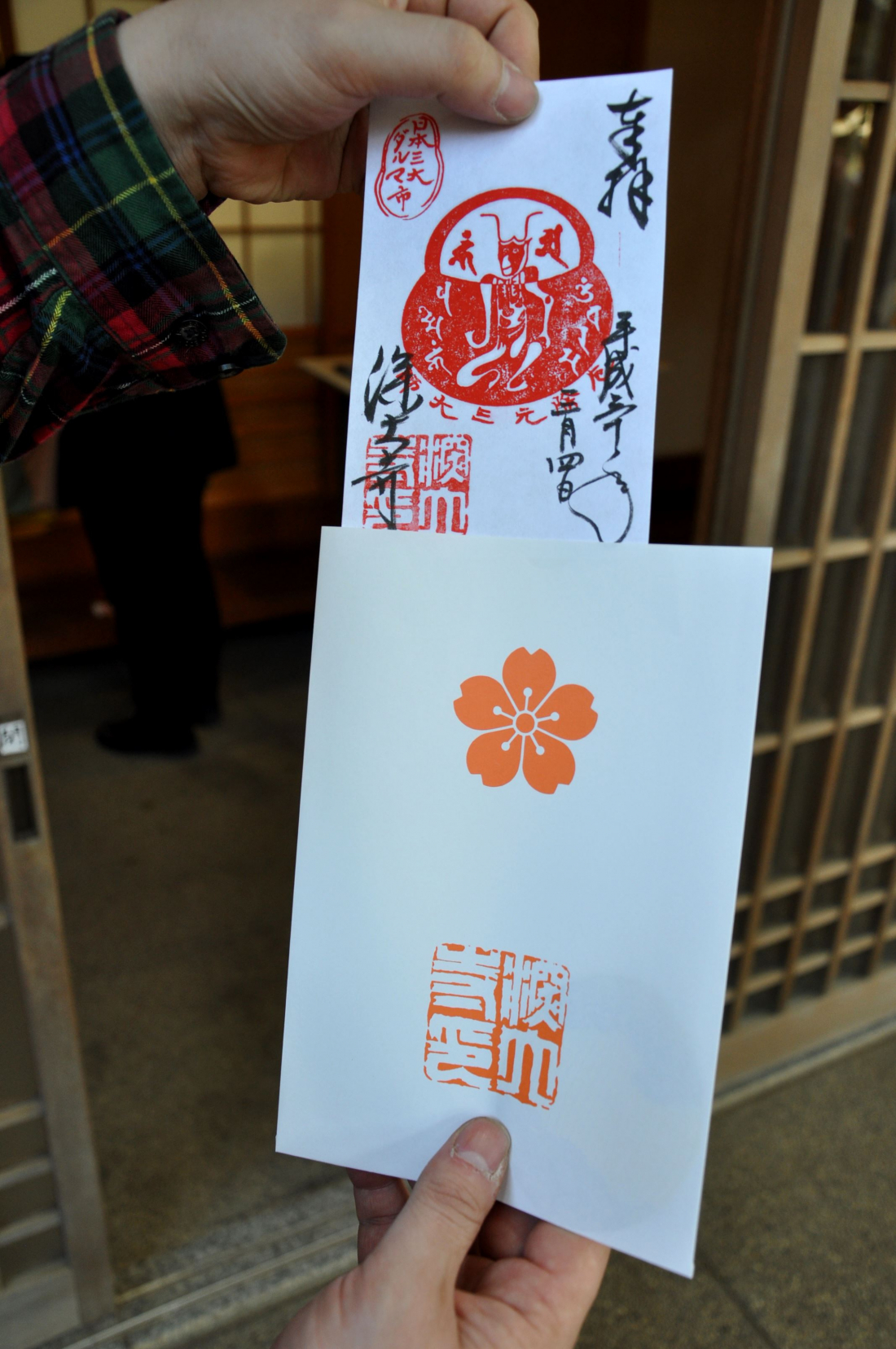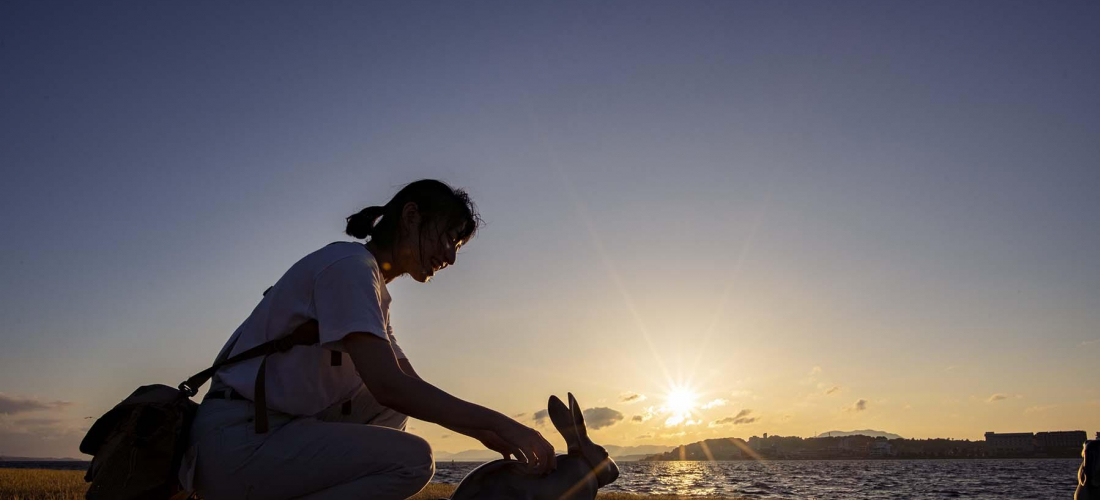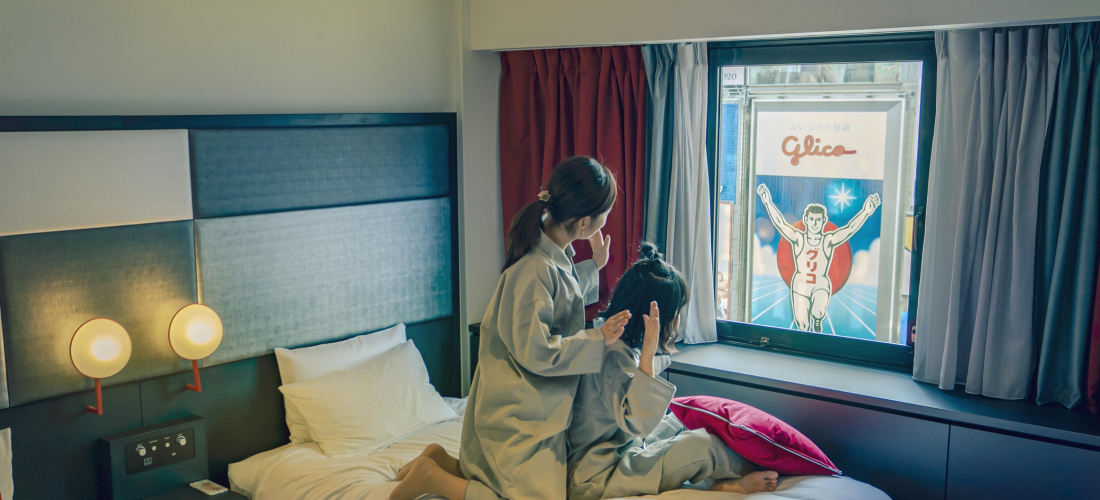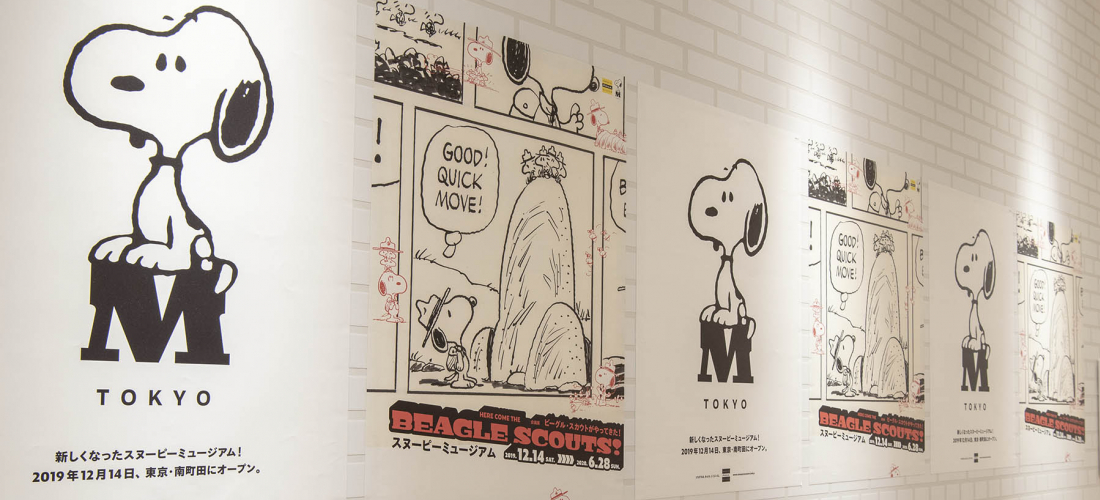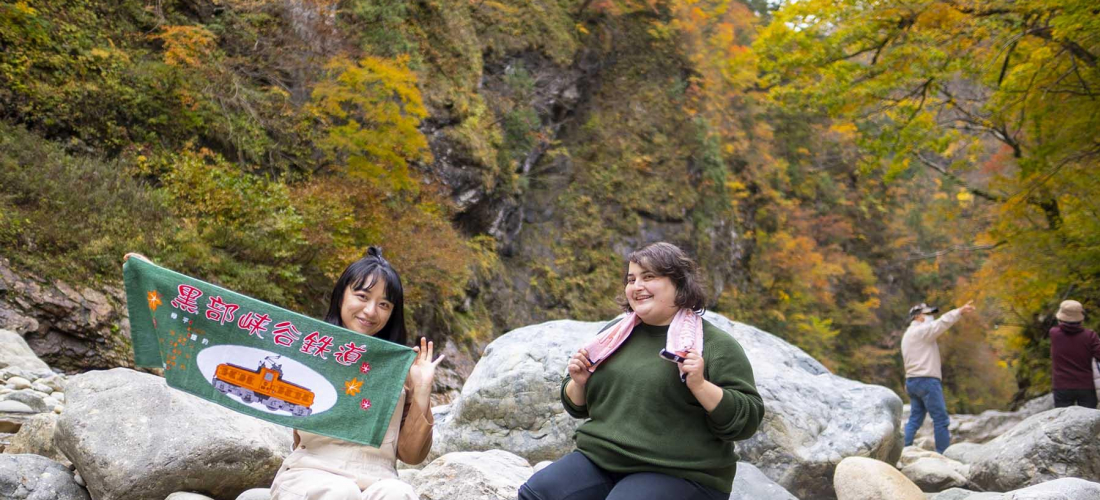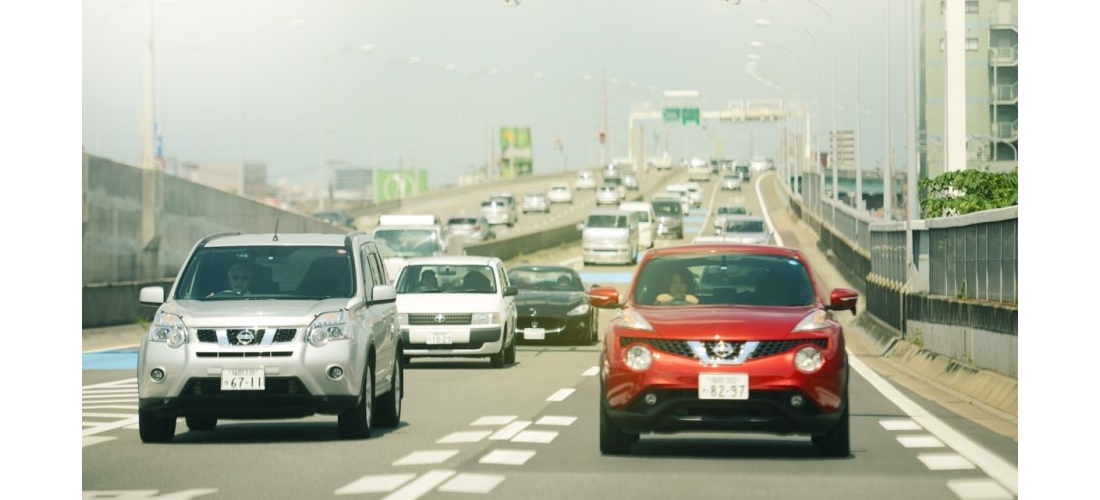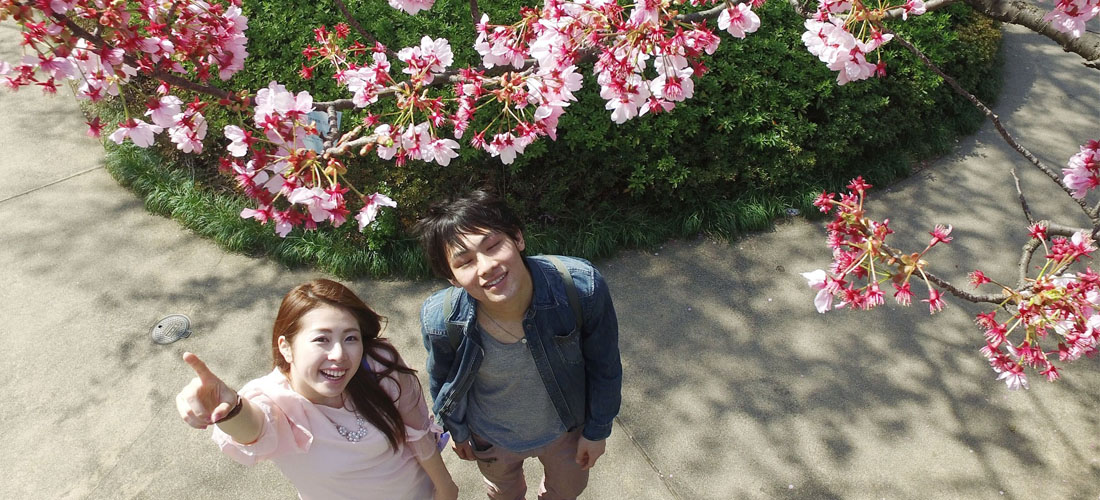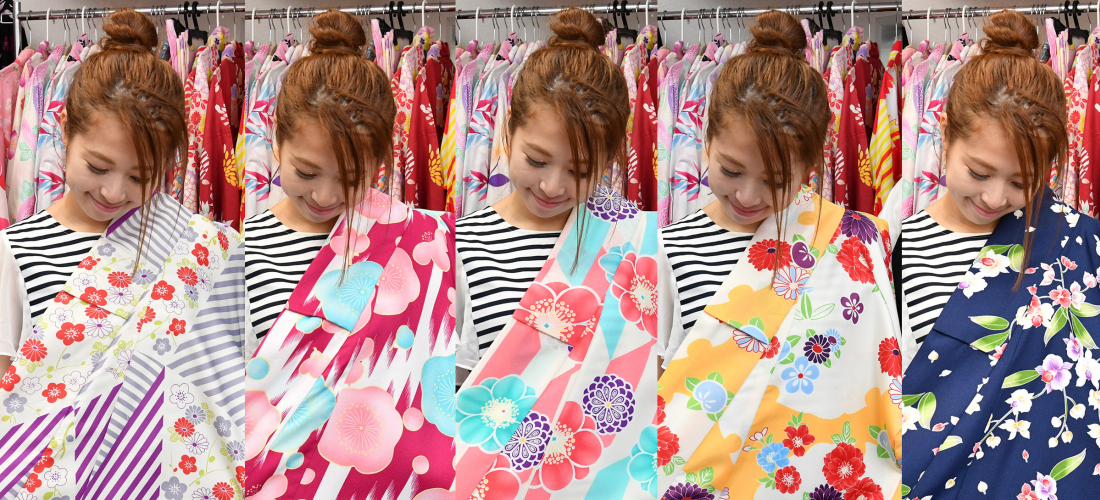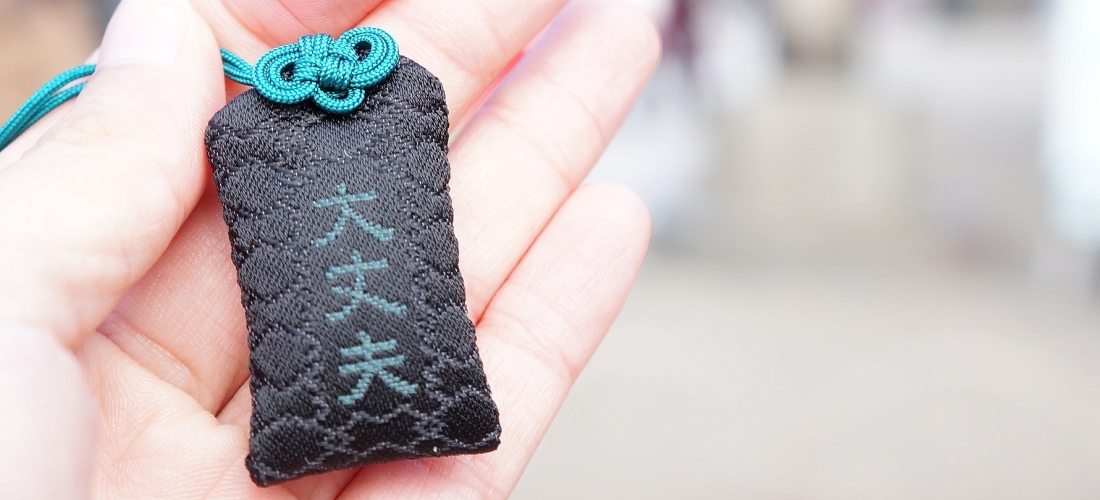CONTENTS
Que sont les Daruma?
Les étals de daruma
Les daruma généralement représentées en rouge sont des poupées traditionnelles permettant de réaliser ses voeux. Préparés par des artisans, leur nom fait écho au Bouddhisme. Les poupées daruma représente Bodhidharma, un moine bouddhiste chinois du 5〜6ème siècle fondateur du Bouddhisme Zen.
Au Japon cependant il est connu sous le nom de ‘Daruma’ et sa ressemblance avec les poupées est plutôt impressionnante. Selon la légende, il aurait médité pendant plus de 9 ans, causant une dégénérescence de ces membres : raison pour laquelle les poupées daruma sont représentées sans membre.
Bouddhisme Zen
A vrai dire il y a de nombreuses rumeurs sur les raisons pour lesquelles nous nous sommes mis à peindre les yeux des daruma.
・Le moine se serait assoupi durant sa méditation, pour ne plus reproduire cette erreur il se serait ôter les paupières
・Cela serait un signe d’illumination
・D’autres n’ont aucune idée du sens.
Tout ce qui est sûr c’est qu’aujourd’hui nous remplissons un oeil pour souhaiter quelque chose et le second une fois ce voeu réalisé.
Des Daruma colorés
Comment choisir?
Bien que les daruma soient rouges d’origine, couleur de la chance et la bonne fortune, d’autres couleurs existent. Chaque couleur représente alors un souhait différent → On vous indiquera quel couleur choisir suivant vos attentes. Ils sont en quelque sorte la représentation de vos objectifs et de vos forces.
Quelques exemples
Rouge → chance globale. Bleu → réussite dans les études
Rose → amour Violet → santé
Doré → richesse et réussite Vert → longévité
Jaune → sécurité
Il n’y a à vrai dire pas de bon moment pour acheter un daruma mais ils sont généralement mis en vente durant les période de Nouvel An.
Petite anecdote sur les daruma, il est plutôt rare de voir ces poupées dans les médias car il est tabou de montrer le daruma de quelqu’un en image. La raison à cela : c’est plutôt mal placé de montrer au monde le voeu d’une personne avant que celui-ci soit réalisé. Il en de même pour un voeu déjà réalisé.
Le Festival des Daruma au Jindai-ji
Le Jindai-ji (深大寺) se trouve à Tokyo, Chofu et est considéré comme l’un des plus vieux temple de la capitale (second après le Senso-ji d’Asakusa). Chaque année en Mars se tient le festival des daruma et une foule impressionnante s’y presse pour y acheter leur daruma.
Il y a plus de 300 étals proposant des poupées sur l’avenue menant au temple. Bien que nous habitions à quelques minutes du temple c’était pour nous la première fois! Cette année le festival se tenait le Samedi 3 et Dimanche 4 Mars de 9h à 17h. A 2h se tenait une cérémonie où vous pouviez voir les moines du temple.
Une Tonne de Daruma différents
① Des visages différents
En dehors des couleurs il est assez intéressant de noter que chaque artisan propose des visages et expressions du visage différents! Regardez celui en haut à droite et celui dans le coin inférieur. Leurs sourcils sont complètement différents! Leurs sourcils comportent d’ailleurs le caractère ‘kotobuki’ (寿) signifiant longévité.
Nous avons appris ce jour que l’expression du visage a également un sens bien particulier. Chaque élément du visage représentant un animal rappelant la longévité :
・Les sourcils, une grue
・Les joues, une tortue ou tout du moins sa carapace
Dans les cultures asiatiques il est dit que la grue viserait 1000 ans et la tortues 10000 ans. Avec ça vous êtes sûr de vivre quelques années de plus.
La partie inférieur de ce daruma représente également le Mont Fuji, un symbole de prospérité du Japon!
② Des matériaux différents
Vous trouverez aussi des ‘Dorei’ (土鈴), ces petites cloches en céramique décorées à l’effigie des daruma.
Il y a peu nous vous parlions du Hina Matsuri (ひな祭り), il y avait donc également des Hina-daruma. Assez marrant de voir le lien entre ces deux festivals.
③ Des personnages différents
Vous trouverez également des daruma purement la pour la décoration. Vous trouverez donc des poupées de chats, de manekineko et autres jeunes filles traditionnelles. Certain daruma représentaient même le calendrier chinois, vraiment mignon. 🐍🐯🐵Cependant avec leurs yeux déjà remplis le côté fun de la coutume disparaît un peu.
Pour ajouter une touche de fun à ce festival nous sommes tombés sur ces boules de poils! Ces ‘Manekineko’ sont représentés avec soit un daruma soit un dieu sur le ventre.
Si vous y réfléchissez c’est un peu comme avoir deux fois plus de chance : Manekineko+Daruma! Nous avons presque était tenté d’en acheté un.
Un peu plus tard dans la journée nous nous sommes rendu compte d’une chose terrible! Regardez les daruma qui se rassemblent en groupe…
… c’est un peu comme voir une horde de zombies! Leurs yeux blancs sont assez terrifiants.
C’était plutôt impressionnant pour nous de savoir que chacun de ces daruma étaient faits main! Quelque chose d’encore plus marquant c’est la taille des daruma achetés par les visiteurs. Où les mettent-ils? Certains faisaient presque la taille de leurs enfants!
④ Ajouter les yeux
Si vous achetez un daruma durant le festival vous pouvez l’emmener auprès d’un moine pour le ‘Daruma Kaigansho’, l’éveil de la poupée. Le moine inscrira le caractère 阿 (prononcé “a”) sur l’oeil gauche et représentant l’une des syllabes sacrées des prières dans la religion bouddhiste.
Pour ceux qui veulent remplir le second oeil car leur voeu est devenu réalité vous pouvez faire la queue afin qu’un moine vous inscrive le caractère 吽 (prononcé ‘on’) signifiant la fin. Une fois inscrit il est de coutume de s’en débarrasser, généralement vous pouvez l’amener au temple pour que celui-ci le brule.
Pour notre part, nous avons choisi un daruma plus décoratif complètement recouvert de ‘Washi’ (和紙, le papier japonais traditionnel). Nous l’avons également amené au moine pour qu’il remplisse l’oeil gauche. Vous êtes sensé faire votre voeu à ce moment mais j’étais trop occupé à prendre des photos pour vous partager ce bon moment. Mais pas de souci mon mari à du prier pour nous deux.
Notez le fait que le moine écrit ici en caractère Sanskrit, chose plutôt rare et coutume du Jindai-ji. Vous n’avez pas besoin de payer pour ce service mais les donations sont libres! Nous avons en tout cas vraiment apprécié ce festival et pensons revenir l’année prochaine si notre voeu se réalise. Pourquoi pas venir nous rencontrer la prochaine fois?
Et voici notre super cool daruma du Jindai-ji!
Autres intérêts du Festival des daruma!
Jindai-ji est populaire pour ses soba mais aussi pour une autre spécialité : les mochi grillés! Vous trouverez de la pâte d’haricots rouges à l’intérieur ou vous pouvez choisir de les prendre sans goût et y ajouter de la Kinako, de la poudre de soja grillée.
Si vous ne souhaitez pas acheter un daruma mais voulez tout de même un petit souvenir, les temples et sanctuaires japonais proposent des tampons magnifiques. Au Japon il est coutumier d’avoir un livre à tampon, dit Goshuinchou (御朱印帳) qu’ils emmènent lors de leur passage dans les temples et sanctuaires du Japon. Ces tampons coûtent généralement entre 200 et 500 yens.
Peu importe vos croyances, il est toujours sympa de faire des voeux. En plus de cela les daruma ont un style assez marrant. L’histoire et la culture caché derrière leurs gros yeux ronds nous a beaucoup intéressée et nous ne les regarderont plus jamais de la même façon. La prochaine fois que nous passerons par la préfecture de Gunma nous ne manquerons pas de visiter le Musée du Daruma!
Jindai-ji (深大寺)
5-15-1 Jindaiji Motomachi, Chofu, Tokyo 182-0017 Google Maps
🚍 : Empruntez le bus #65 depuis la Sortie Sud de la station Mitaka (20 Minutes de trajet)
💴 : 220 yens
Details
NAME:Jindai-ji (深大寺)
MAP
5-15-1 Jindaiji Motomachi, Chofu, Tokyo
ACCESS:Chofu, Mitaka
COMMENT
FEATURED MEDIA
VIEW MORE 
A New Tokyo Animal Destination: Relax & Learn About the World’s Animals in Japan
#pr #japankuru #anitouch #anitouchtokyodome #capybara #capybaracafe #animalcafe #tokyotrip #japantrip #카피바라 #애니터치 #아이와가볼만한곳 #도쿄여행 #가족여행 #東京旅遊 #東京親子景點 #日本動物互動體驗 #水豚泡澡 #東京巨蛋城 #เที่ยวญี่ปุ่น2025 #ที่เที่ยวครอบครัว #สวนสัตว์ในร่ม #TokyoDomeCity #anitouchtokyodome

Shohei Ohtani Collab Developed Products & Other Japanese Drugstore Recommendations From Kowa
#pr #japankuru
#kowa #syncronkowa #japanshopping #preworkout #postworkout #tokyoshopping #japantrip #일본쇼핑 #일본이온음료 #오타니 #오타니쇼헤이 #코와 #興和 #日本必買 #日本旅遊 #運動補充能量 #運動飲品 #ช้อปปิ้งญี่ปุ่น #เครื่องดื่มออกกำลังกาย #นักกีฬา #ผลิตภัณฑ์ญี่ปุ่น #อาหารเสริมญี่ปุ่น

도쿄 근교 당일치기 여행 추천! 작은 에도라 불리는 ‘가와고에’
세이부 ‘가와고에 패스(디지털)’ 하나면 편리하게 이동 + 가성비까지 완벽하게! 필름카메라 감성 가득한 레트로 거리 길거리 먹방부터 귀여움 끝판왕 핫플&포토 스폿까지 총집합!
Looking for day trips from Tokyo? Try Kawagoe, AKA Little Edo!
Use the SEIBU KAWAGOE PASS (Digital) for easy, affordable transportation!
Check out the historic streets of Kawagoe for some great street food and plenty of picturesque retro photo ops.
#pr #japankuru #도쿄근교여행 #가와고에 #가와고에패스 #세이부패스 #기모노체험 #가와고에여행 #도쿄여행코스 #도쿄근교당일치기 #세이부가와고에패스
#tokyotrip #kawagoe #tokyodaytrip #seibukawagoepass #kimono #japantrip

Hirakata Park, Osaka: Enjoy the Classic Japanese Theme Park Experience!
#pr #japankuru #hirakatapark #amusementpark #japantrip #osakatrip #familytrip #rollercoaster #retrôvibes #枚方公園 #大阪旅遊 #關西私房景點 #日本親子旅行 #日本遊樂園 #木造雲霄飛車 #히라카타파크 #สวนสนุกฮิราคาตะพาร์ค

🍵Love Matcha? Upgrade Your Matcha Experience With Tsujiri!
・160년 전통 일본 말차 브랜드 츠지리에서 말차 덕후들이 픽한 인기템만 골라봤어요
・抹茶控的天堂!甜點、餅乾、飲品一次滿足,連伴手禮都幫你列好清單了
・ส่องมัทฉะสุดฮิต พร้อมพาเที่ยวร้านดังในอุจิ เกียวโต
#pr #japankuru #matcha #matchalover #uji #kyoto #japantrip #ujimatcha #matchalatte #matchasweets #tsujiri #말차 #말차덕후 #츠지리 #교토여행 #말차라떼 #辻利抹茶 #抹茶控 #日本抹茶 #宇治 #宇治抹茶 #日本伴手禮 #抹茶拿鐵 #抹茶甜點 #มัทฉะ #ของฝากญี่ปุ่น #ชาเขียวญี่ปุ่น #ซึจิริ #เกียวโต

・What Is Nenaito? And How Does This Sleep Care Supplement Work?
・你的睡眠保健品——認識「睡眠茶氨酸錠」
・수면 케어 서플리먼트 ‘네나이토’란?
・ผลิตภัณฑ์เสริมอาหารดูแลการนอน “Nenaito(ネナイト)” คืออะไร?
#pr #japankuru #sleepcare #japanshopping #nenaito #sleepsupplement #asahi #睡眠茶氨酸錠 #睡眠保健 #朝日 #l茶胺酸 #日本藥妝 #日本必買 #일본쇼핑 #수면 #건강하자 #네나이토 #일본영양제 #อาหารเสริมญี่ปุ่น #ช้อปปิ้งญี่ปุ่น #ร้านขายยาญี่ปุ่น #ดูแลตัวเองก่อนนอน #อาซาฮิ

Japanese Drugstore Must-Buys! Essential Items from Hisamitsu® Pharmaceutical
#PR #japankuru #hisamitsu #salonpas #feitas #hisamitsupharmaceutical #japanshopping #tokyoshopping #traveltips #japanhaul #japantrip #japantravel

Whether you grew up with Dragon Ball or you just fell in love with Dragon Ball DAIMA, you'll like the newest JINS collab. Shop this limited-edition Dragon Ball accessory collection to find some of the best Dragon Ball merchandise in Japan!
>> Find out more at Japankuru.com! (link in bio)
#japankuru #dragonball #dragonballdaima #animecollab #japanshopping #jins #japaneseglasses #japantravel #animemerch #pr

This month, Japankuru teamed up with @official_korekoko to invite three influencers (originally from Thailand, China, and Taiwan) on a trip to Yokohama. Check out the article (in Chinese) on Japankuru.com for all of their travel tips and photography hints - and look forward to more cool collaborations coming soon!
【橫濱夜散策 x 教你怎麼拍出網美照 📸✨】
每次來日本玩,是不是都會先找旅日網紅的推薦清單?
這次,我們邀請擁有日本豐富旅遊經驗的🇹🇭泰國、🇨🇳中國、🇹🇼台灣網紅,帶你走進夜晚的橫濱!從玩樂路線到拍照技巧,教你怎麼拍出最美的夜景照。那些熟悉的景點,換個視角說不定會有新發現~快跟他們一起出發吧!
#japankuru #橫濱紅磚倉庫 #汽車道 #中華街 #yokohama #japankuru #橫濱紅磚倉庫 #汽車道 #中華街 #yokohama #yokohamaredbrickwarehouse #yokohamachinatown

If you’re a fan of Vivienne Westwood's Japanese designs, and you’re looking forward to shopping in Harajuku this summer, we’ve got important news for you. Vivienne Westwood RED LABEL Laforet Harajuku is now closed for renovations - but the grand reopening is scheduled for July!
>> Find out more at Japankuru.com! (link in bio)
#japankuru #viviennewestwood #harajuku #omotesando #viviennewestwoodredlabel #viviennewestwoodjapan #비비안웨스트우드 #오모테산도 #하라주쿠 #日本購物 #薇薇安魏斯伍德 #日本時尚 #原宿 #表參道 #japantrip #japanshopping #pr

Ready to see TeamLab in Kyoto!? At TeamLab Biovortex Kyoto, the collective is taking their acclaimed immersive art and bringing it to Japan's ancient capital. We can't wait to see it for ourselves this autumn!
>> Find out more at Japankuru.com! (link in bio)
#japankuru #teamlab #teamlabbiovortex #kyoto #kyototrip #japantravel #artnews
Photos courtesy of teamLab, Exhibition view of teamLab Biovortex Kyoto, 2025, Kyoto ® teamLab, courtesy Pace Gallery

Japanese Makeup Shopping • A Trip to Kamakura & Enoshima With Canmake’s Cool-Toned Summer Makeup
#pr #canmake #enoshima #enoden #에노시마 #캔메이크 #japanesemakeup #japanesecosmetics

⚔️The Robot Restaurant is gone, but the Samurai Restaurant is here to take its place. Check it out, and don't forget your coupon!
🍣신주쿠의 명소 로봇 레스토랑이 사무라이 레스토랑으로 부활! 절찬 쿠폰 발급중
💃18歲以上才能入場的歌舞秀,和你想的不一樣!拿好優惠券去看看~
#tokyo #shinjuku #samurairestaurant #robotrestaurant #tokyotrip #도쿄여행 #신주쿠 #사무라이레스토랑 #이색체험 #할인이벤트 #歌舞伎町 #東京景點 #武士餐廳 #日本表演 #日本文化體驗 #japankuru #japantrip #japantravel #japanlovers #japan_of_insta

Japanese appliance & electronics shopping with our KOJIMA x BicCamera coupon!
用JAPANKURU的KOJIMA x BicCamera優惠券買這些正好❤️
코지마 x 빅 카메라 쿠폰으로 일본 가전 제품 쇼핑하기
#pr #japankuru #japanshopping #kojima #biccamera #japaneseskincare #yaman #dji #osmopocket3 #skincaredevice #日本購物 #美容儀 #相機 #雅萌 #日本家電 #일본여행 #면세 #여행꿀팁 #일본쇼핑리스트 #쿠폰 #일본쇼핑 #일본브랜드 #할인 #코지마 #빅카메라 #japankurucoupon

